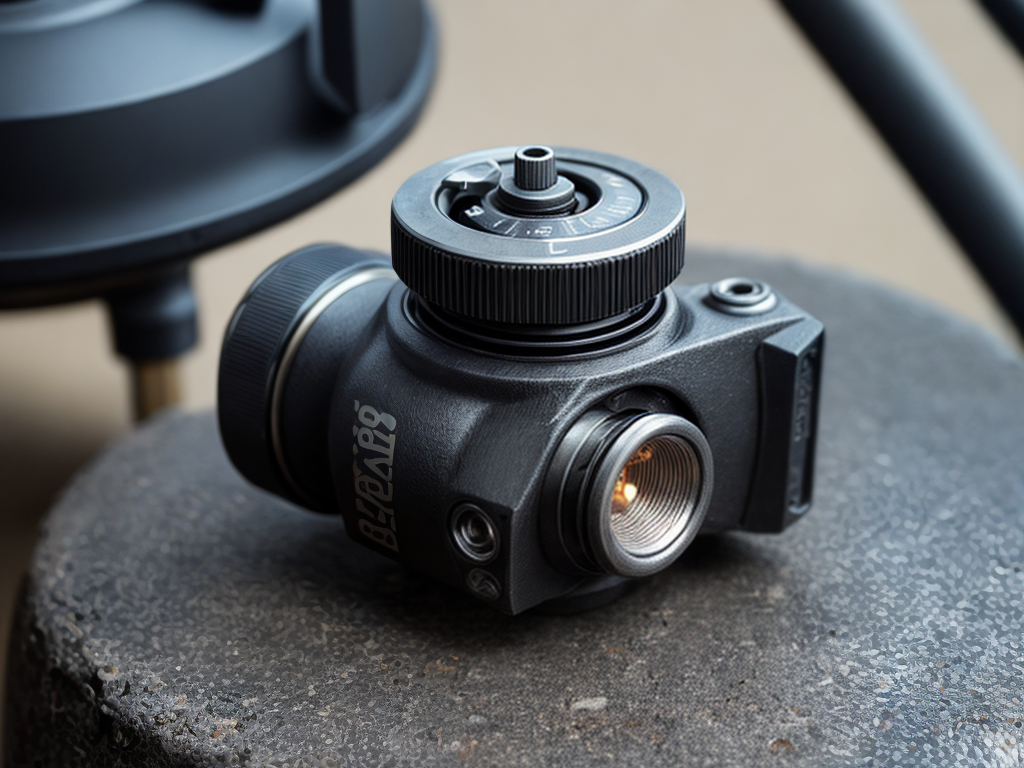
As I gaze upon the intricate network of pipes, valves, and gauges, I am reminded of the complexity hidden within these seemingly ordinary components. Valves, in particular, hold a crucial role in controlling the flow of fluids, ensuring the smooth operation of various industrial processes. However, understanding valve specifications can be a daunting task, with a myriad of technical jargon and industry standards to decipher. Fear not, for in this discussion, we will unravel the mysteries behind valve specifications, equipping you with the knowledge you need to navigate this intricate world of valves. So, let us embark on this journey together and uncover the key aspects that will empower you to make informed decisions when it comes to selecting the right valve for your applications.
Valve Types
There are several types of valves that are commonly used in various industries for controlling the flow of fluids or gases. Each type of valve operates in a unique way, allowing for specific applications and ensuring efficient flow control. Understanding the different valve types and their operation is crucial in selecting the right valve for a particular application.
One commonly used valve type is the gate valve. This valve operates by lifting a gate or wedge-shaped disc to control the flow of fluid or gas. Gate valves are typically used in applications where a full flow is required, such as in pipelines or large-scale industrial processes.
Another type of valve is the ball valve, which uses a ball-shaped disc to control flow. The disc is rotated within the valve body to open or close the flow path. Ball valves are versatile and can be used in a wide range of applications, including high-pressure systems and corrosive environments.
Butterfly valves are another popular choice, particularly in applications where space is limited. These valves feature a disc that rotates on a shaft to control flow. They are commonly used in HVAC systems, water treatment plants, and food processing industries.
Lastly, we have the globe valve, which operates by lifting a disc or plug to control flow. Globe valves offer precise control and are often used in applications that require throttling or regulating flow.
Material Composition
The material composition of valves is an important factor to consider when selecting the appropriate valve for a specific application. Different materials offer varying levels of corrosion resistance and have temperature limitations that must be taken into account. To help you understand the significance of material composition, here is a table outlining some common valve materials and their properties:
| Material | Corrosion Resistance | Temperature Limitations |
|---|---|---|
| Stainless Steel | Excellent | -325°F to 1500°F |
| Brass | Good | -50°F to 400°F |
| PVC | Limited | 0°F to 140°F |
Stainless steel is widely used in valve manufacturing due to its exceptional corrosion resistance. It can withstand a wide range of temperatures, making it suitable for various applications. Brass, on the other hand, offers good corrosion resistance and is commonly used in low-temperature applications. It is not recommended for high-temperature environments.
PVC, a type of plastic, has limited corrosion resistance and is best suited for low-pressure and low-temperature applications. It should not be used in applications where the temperature exceeds 140°F.
When selecting a valve, it is crucial to consider the material composition based on the specific requirements of your application. Factors such as the fluid being handled, the operating temperature, and the presence of corrosive substances should all be taken into account. By choosing the right material, you can ensure the longevity and efficiency of your valve system while avoiding any potential issues caused by corrosion or temperature limitations.
Flow Capacity
Flow capacity is a crucial factor to consider when selecting a valve for a specific application. It refers to the maximum amount of fluid or gas that can flow through the valve within a given time frame. Understanding the flow capacity is essential for ensuring optimal performance and efficiency in any system.
When it comes to flow capacity, two important aspects to consider are pressure drop and control options. Pressure drop refers to the decrease in pressure that occurs as the fluid or gas passes through the valve. This can have a significant impact on the overall performance of the system, as excessive pressure drop can lead to inefficiencies and reduced flow rates. It is important to select a valve with a flow capacity that can accommodate the desired pressure drop while maintaining adequate flow rates.
Control options also play a crucial role in flow capacity. Different valves offer various control options, such as throttling, on-off control, or modulating control. The choice of control option depends on the specific requirements of the application. Throttling valves, for example, allow for precise flow control by adjusting the valve opening. On the other hand, on-off valves provide a simple binary control, allowing the fluid or gas to either flow freely or be completely shut off.
Pressure Rating
Pressure rating is a critical specification that determines the maximum pressure a valve can safely handle. It is important to understand the pressure rating of a valve in order to select the right one for your application. The pressure rating is typically expressed in pounds per square inch (psi) and is based on factors such as the valve’s design, materials, and construction.
In order to provide a clear understanding of pressure rating, let’s take a look at the following table:
| Valve Class | Pressure Rating (psi) | Temperature Range (°F) |
|---|---|---|
| Class 150 | 285 | -20 to 1000 |
| Class 300 | 740 | -20 to 1000 |
| Class 600 | 1480 | -20 to 1000 |
The table above showcases different valve classes and their corresponding pressure ratings and temperature ranges. It is essential to choose a valve with a pressure rating that exceeds the maximum pressure expected in your system to ensure safe operation.
When selecting a valve, it is also important to consider the pressure drop across the valve. Pressure drop refers to the decrease in pressure as fluid flows through the valve. It is influenced by factors such as the valve size, flow rate, and fluid properties. It is crucial to ensure that the pressure drop across the valve does not exceed the allowable limit for your system.
Additionally, the temperature range specified for a valve indicates the range of temperatures in which it can safely operate. Operating a valve outside its specified temperature range can lead to performance issues and potential damage.
End Connections
End connections are an important aspect of valve design and play a crucial role in ensuring a secure and leak-free connection between the valve and the piping system. There are different types of end connections available, each with its own advantages and applications. Here are three common types of end connections:
-
Threaded connections: Threaded connections are widely used in smaller valve sizes and low-pressure applications. They consist of male and female threads that are screwed together to create a tight seal. Threaded connections are easy to install and dismantle, making them suitable for applications where frequent maintenance is required. However, they may not be suitable for high-pressure systems as they have a higher risk of leakage compared to other types of connections.
-
Flanged connections: Flanged connections are commonly used in larger valve sizes and high-pressure applications. They consist of two flanges that are bolted together with a gasket in between to create a tight seal. Flanged connections provide a strong and reliable connection, making them suitable for demanding applications. They also allow for easy alignment and installation of the valve. However, flanged connections require more space and can be more expensive compared to threaded connections.
-
Other types of connections: Apart from threaded and flanged connections, there are other types of end connections available, such as welded connections, soldered connections, and compression fittings. These connections are used in specific applications where their unique features and benefits are required.


